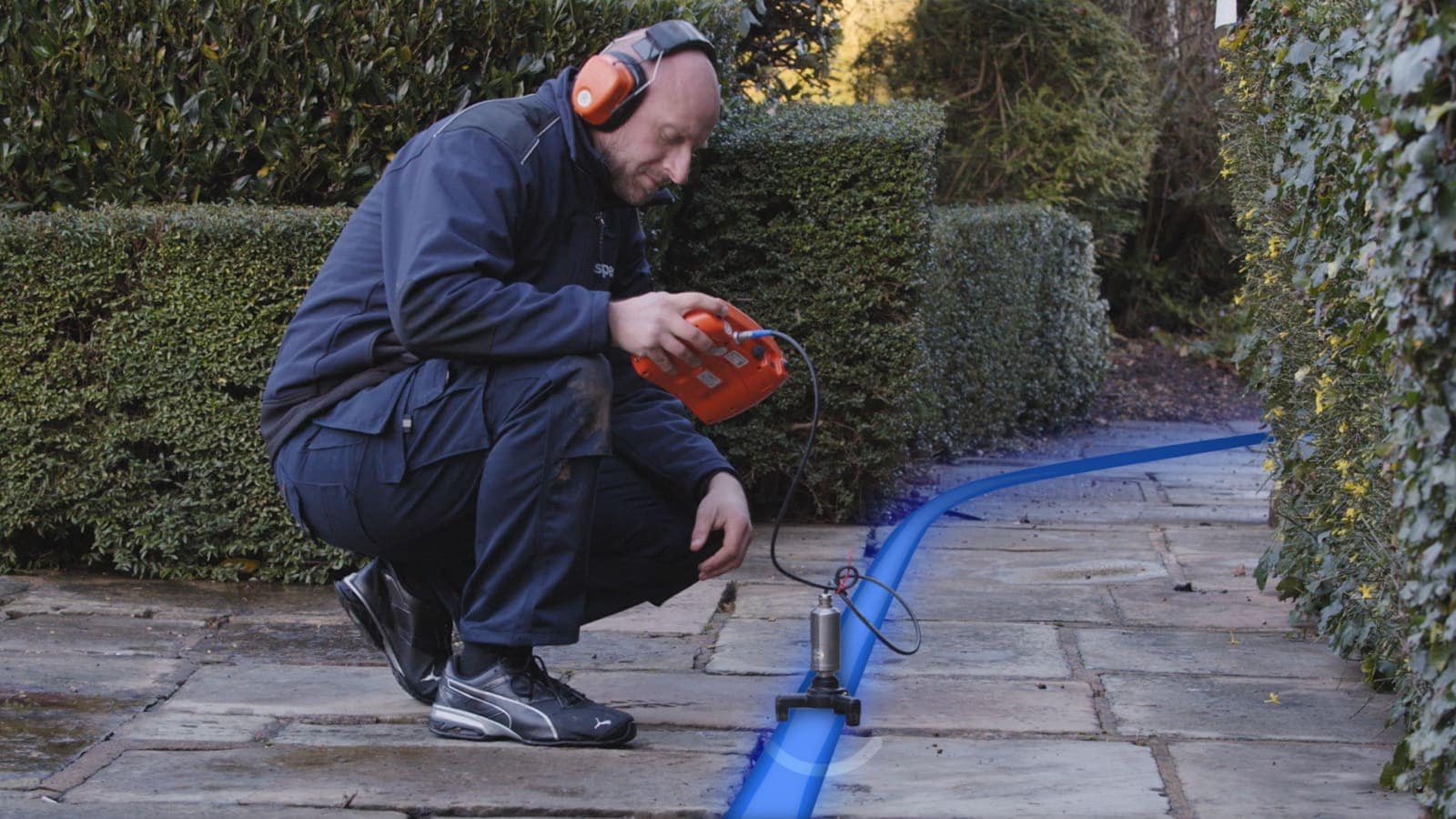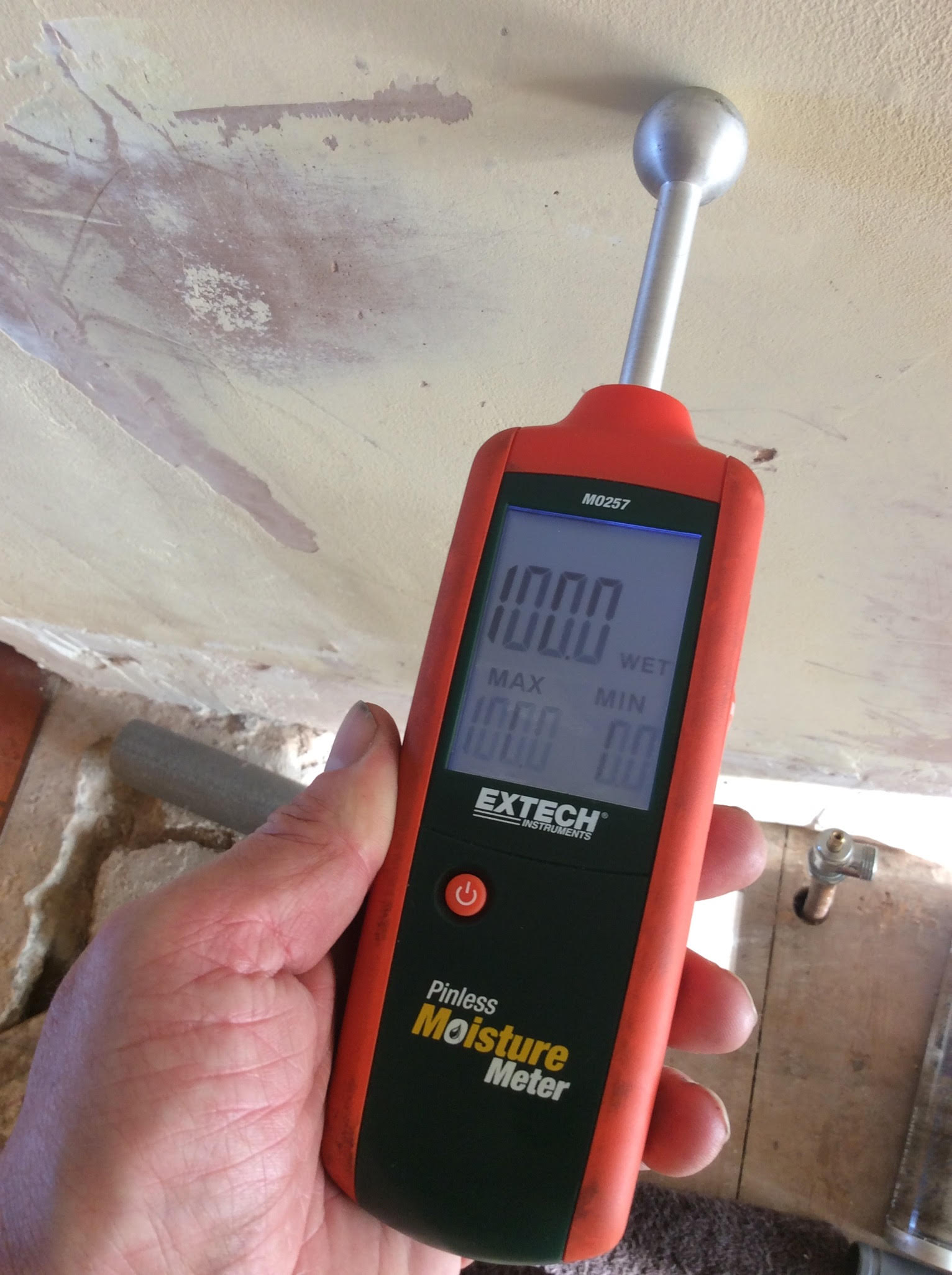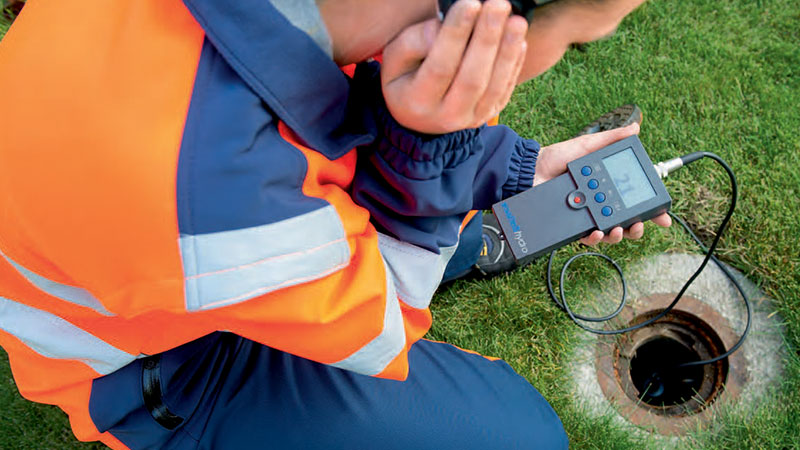Ingenious Solutions for Early Detection of Water Leaks in Structures and Facilities
As the integrity of structures and framework is extremely important, the obstacle of very early discovery of water leakages has stimulated cutting-edge remedies that promise to transform the means we secure versus prospective problems. From cutting-edge leakage discovery technologies to the release of IoT sensors for real-time surveillance, the landscape of leakage avoidance is progressing rapidly. Equipment learning formulas offer a glimpse right into the future of leak prediction, while thermal imaging offers a non-intrusive technique for identifying hidden leaks. Automated water circulation evaluation systems are improving just how leaks are recognized and dealt with, leading the means for an aggressive strategy to water leak detection. Each of these options holds the crucial to ensuring the integrity and long life of our built environment, prompting a shift towards an extra sustainable and efficient future.
Advanced Leak Detection Technologies
Advanced leak discovery modern technologies, outfitted with cutting-edge sensing units and algorithms, play an essential role in promptly identifying and determining water leaks in different setups. Electromagnetic sensors can determine changes in electromagnetic fields caused by water, using yet an additional layer of leak detection capability.

IoT Sensors for Real-Time Tracking
In the realm of modern water leak detection, the integration of IoT sensing units for real-time monitoring represents a crucial advancement in boosting proactive leak detection capacities. These sensing units use continual tracking of water supply, providing real-time information on water flow prices, stress variants, and temperature level adjustments. By leveraging IoT innovation, these sensors can identify even the tiniest anomalies in water use patterns, making it possible for early recognition of possible leaks before they rise right into major problems.
IoT sensors send data to a central system, where advanced algorithms assess the info and produce notifies or notifications when irregularities are found. This real-time tracking capability allows homeowner or facility supervisors to immediately resolve leaks, minimizing water damages, minimizing repair expenses, and saving water resources.
In addition, IoT sensing units can be integrated with building management systems, permitting automated reactions to why not check here identified leakages, such as shutting down water valves or turning on pumps to minimize the influence of leaks. Overall, the implementation of IoT sensing units for real-time tracking dramatically enhances the efficiency and performance of water leakage detection in structures and framework.
Device Learning Algorithms for Leak Prediction

One secret benefit of utilizing device discovering for leakage prediction is its capability to constantly find out and boost its accuracy with time. As more information is gathered and fed right into the formula, it can refine its forecasts and adjust to altering problems, inevitably boosting the integrity of leakage detection systems.
Furthermore, artificial intelligence algorithms can assist in determining refined indications of leakages that may go unnoticed by standard tracking approaches. water leak detection. By analyzing intricate data embed in real-time, these formulas can give early cautions and notifies, allowing for punctual intervention and precautionary maintenance to reduce potential water damages and associated expenses
Utilizing Thermal Imaging for Leak Detection
Thermal imaging innovation uses an encouraging method for spotting water leakages in different systems and facilities. By using infrared radiation and temperature level differences, thermal imaging cams can recognize covert leakages that are not easily noticeable to the naked eye.
One of the crucial advantages of thermal imaging for leakage discovery is its non-intrusive nature. On the whole, the usage of thermal imaging technology enhances the effectiveness and accuracy of water leak detection, making it a useful device for preserving the integrity of buildings and facilities.
Automated Water Circulation Evaluation Systems
Exactly how can computerized water circulation evaluation systems revolutionize the detection and monitoring of leakages in numerous systems and infrastructures? Automated water flow analysis systems use an aggressive approach to Learn More leakage detection by continuously checking water flow prices and patterns. By developing baseline information, these systems can quickly recognize deviations that might show a leak, allowing prompt treatment to stop extensive damage.
These systems utilize advanced formulas to examine real-time data and give immediate signals when anomalies are found, enabling quick action to be taken. Additionally, computerized water circulation evaluation systems can be integrated with building management systems or IoT systems, boosting overall performance and Click Here enabling remote monitoring capacities.
Moreover, the information collected by these systems can be made use of for predictive upkeep objectives, assisting to determine possible weak factors in the facilities before leaks occur. On the whole, the execution of computerized water flow analysis systems can dramatically improve leak detection and administration practices, ultimately causing cost financial savings, reduced water waste, and enhanced sustainability in buildings and infrastructure.

Conclusion
Finally, the assimilation of advanced leakage detection innovations, IoT sensors, artificial intelligence algorithms, thermal imaging, and computerized water flow analysis systems offers cutting-edge services for early discovery of water leakages in buildings and framework. These innovations make it possible for real-time tracking, forecast of leaks, and efficient detection techniques to stop water damage and wastefulness. Carrying out these remedies can aid in preserving the integrity and sustainability of water supply in different settings.